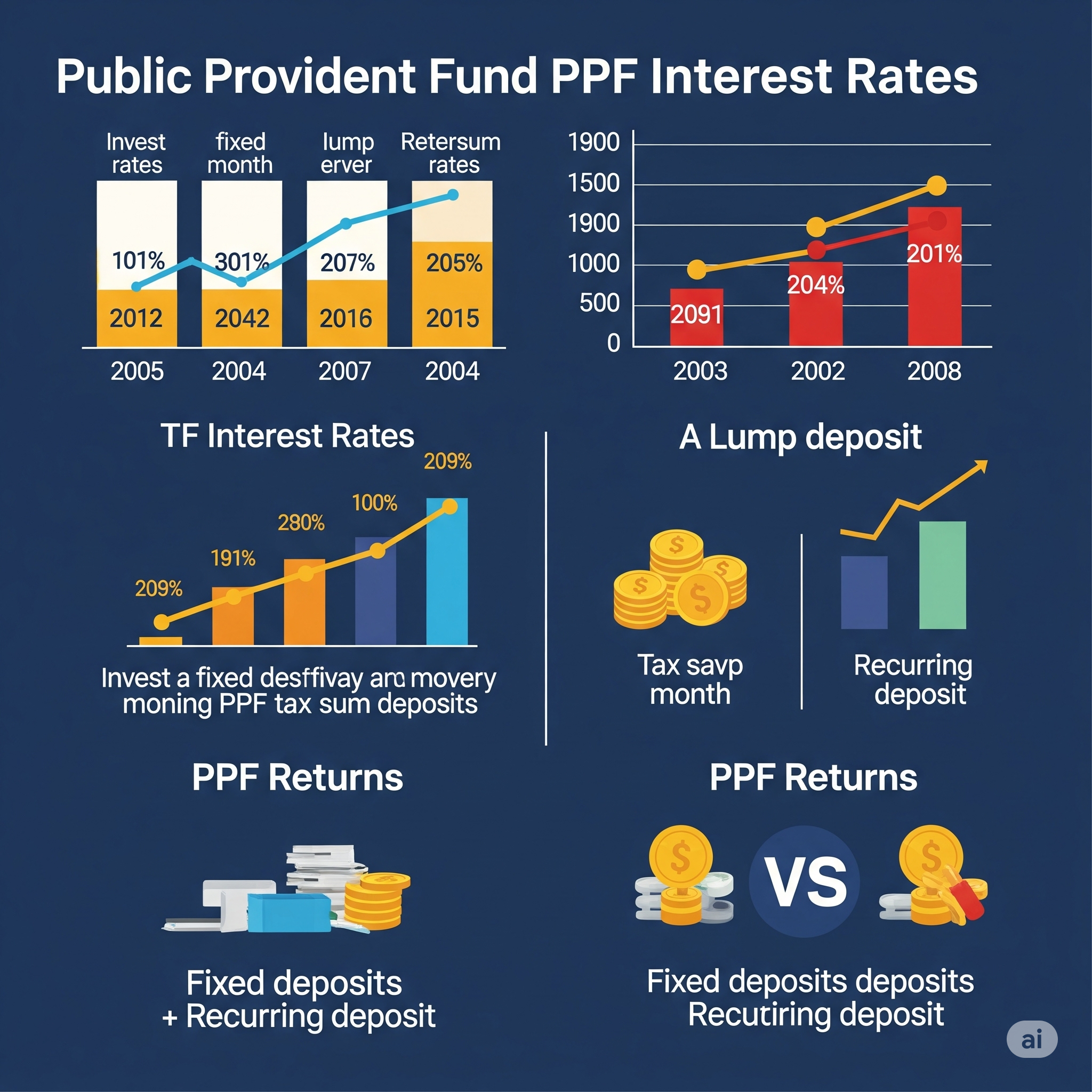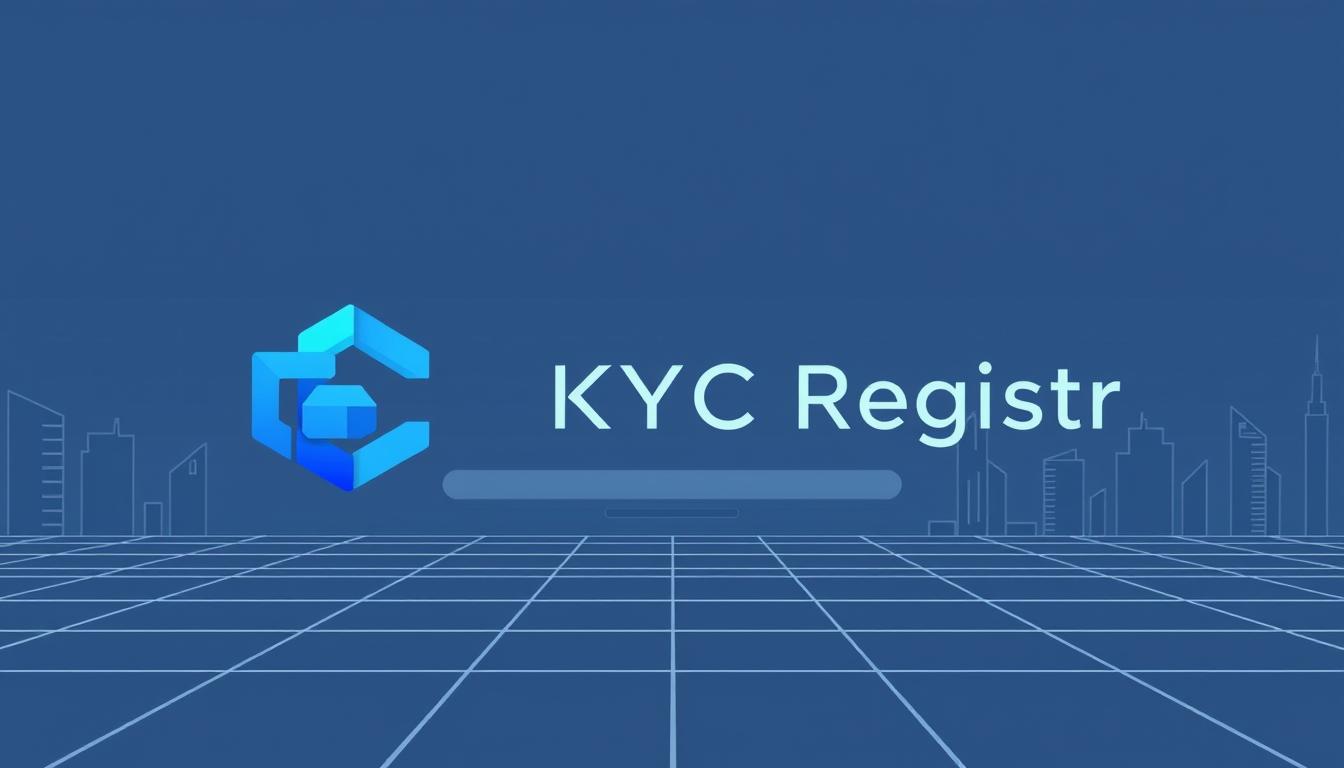The financial year 2024-25 and assessment year 2025-26 introduce new changes to income tax slabs. These changes aim to simplify the tax structure. It’s important for individuals and businesses in India to understand the income tax slab, as it affects their tax liability.
The new tax regime has income slabs with rates from nil to 30%. For example, income up to ₹3,00,000 is taxed at nil. Income between ₹3,00,001 and ₹7,00,000 is taxed at 5%.
Budget 2024 has increased the standard deduction limit from ₹50,000 to ₹75,000. This gives taxpayers a relief. The maximum deduction under Family Pension has also been raised from ₹15,000 to ₹25,000.
Employers’ contribution to pension schemes under Section 80CCD(2) has been increased from 10% to 14% of salary. This benefits employees. The income tax slab for ay 2025-26 aims to reduce tax liability, with significant savings for different income levels.
The new tax regime allows deductions for transport allowances for specially-abled individuals and employer’s contribution to NPS under Section 80CCD(2). It also allows gifts up to ₹50,000. But, 70+ deductions and exemptions are not allowed under the new tax regime, including Section 80C and Section 80D.
The deadline for filing income tax returns for FY 2023-24 (AY 2024-25) is 31st July 2024. There’s also a belated return option until 31st December 2024. The income tax slab and new tax regime deductions are expected to impact tax savings for individuals and businesses.
Key Takeaways
- The new tax regime categorizes income slabs with rates ranging from nil to 30% for FY 2024-25.
- The standard deduction limit has been increased from ₹50,000 to ₹75,000 in Budget 2024.
- The income tax slab for ay 2025-26 includes significant savings under the new regime for various income levels.
- The new tax regime includes deductions allowed for transport allowances and employer’s contribution to NPS.
- The deadline for filing income tax returns for FY 2023-24 (AY 2024-25) is 31st July 2024.
- The income tax slab and new tax regime deductions are expected to impact tax savings for individuals and businesses.
- The new tax regime does not allow 70+ deductions and exemptions, including Section 80C and Section 80D.
Understanding Income Tax Slabs and Their Importance
Income tax slabs are key in India’s tax system. Knowing them helps with tax planning and following the rules. Each income level has a tax rate. The rates go up as income increases.
Understanding these slabs is important for lowering taxes. Taxpayers can use deductions and exemptions to pay less. For example, they can deduct money from investments in certain policies. They can also get exemptions for income from farming or abroad.
What Are Income Tax Slabs?
Income tax slabs are income ranges with specific tax rates. In India, the slabs are:
- Up to Rs. 2.5 lakhs: 0% tax rate
- Rs. 2.5 lakhs to Rs. 5 lakhs: 5% tax rate
- Rs. 5 lakhs to Rs. 7.5 lakhs: 10% tax rate
- Rs. 7.5 lakhs to Rs. 10 lakhs: 15% tax rate
- Above Rs. 10 lakhs: 20% tax rate
Why Do Income Tax Slabs Matter?
Income tax slabs affect how much tax you pay. Knowing them helps you lower your taxes. For instance, you can deduct money from certain investments. You can also get exemptions for specific types of income.
It’s vital to understand income tax slabs for good tax planning. By using deductions and exemptions, you can pay less tax. This way, you can save money.
| Income Tax Slab | Tax Rate |
|---|---|
| Up to Rs. 2.5 lakhs | 0% |
| Rs. 2.5 lakhs to Rs. 5 lakhs | 5% |
| Rs. 5 lakhs to Rs. 7.5 lakhs | 10% |
| Rs. 7.5 lakhs to Rs. 10 lakhs | 15% |
| Above Rs. 10 lakhs | 20% |
New Tax Regime Slab Rates for FY 2024-25 (AY 2025-26) After Budget 2024
Income Tax Slabs for Individuals
The income tax slab for ay 2025-26 has seen big changes. These changes aim to make taxes simpler and lower the burden on people. The new tax regime, or income tax new regime, gives people a choice between two systems. It changes how salary tax is structured, affecting how much people pay in taxes.
The new tax regime has lower rates for some income levels. For example, those earning between Rs 5 lakh and Rs 7.5 lakh pay less tax. But, it’s important to look at all deductions and exemptions to see which system is better for you.
Overview of Individual Tax Rates
The income tax slab for ay 2025-26 under the new regime is as follows:
- Up to Rs 3 lakh: 0%
- Rs 3 lakh to Rs 6 lakh: 5%
- Rs 6 lakh to Rs 9 lakh: 10%
- Rs 9 lakh to Rs 12 lakh: 15%
- Above Rs 12 lakh: 20%
Comparison of Old and New Tax Slabs
It’s important to compare the old and new tax slabs. The old regime had a complex system with many brackets and deductions. The new regime is simpler, with lower rates for some income levels.
| Income Bracket | Old Tax Regime | New Tax Regime |
|---|---|---|
| Up to Rs 3 lakh | 0% | 0% |
| Rs 3 lakh to Rs 6 lakh | 5% | 5% |
| Rs 6 lakh to Rs 9 lakh | 10% | 10% |
| Rs 9 lakh to Rs 12 lakh | 15% | 15% |
| Above Rs 12 lakh | 20% | 20% |
Income Tax Slabs for Senior Citizens
Senior citizens in India, aged 60 and above, have special income tax slab for senior citizens above 60 years. They get certain exemptions and deductions. The basic exemption limit for them is $3,000,000. Those over 80 years get a higher limit of $5,000,000.
The tax slabs in India for seniors aim to lower their tax. Tax rates start at 0% for income up to $3,000,000. Then, 5% for income between $3,000,001 and $6,000,000. Rates go up to 30% for income over $15,000,000. It’s key for seniors to know these income tax slab for senior citizens above 60 years to get the most tax benefits.
Special Considerations for Senior Citizens
Senior citizens can get tax deductions and exemptions. For example, deductions on Health Savings Account contributions. They can also use the tax slabs in India to lower their taxes. Knowing the income tax slab for senior citizens above 60 years helps them plan better.
Updated Tax Rates for Seniors
The new tax rates for seniors are more favorable. With the right planning, they can save more on taxes. It’s important for seniors to keep up with the latest tax rates and rules. This way, they can make the most of the income tax slab for senior citizens above 60 years.
Income Tax Slabs for Women and Differently-Abled Individuals
Women and differently-abled individuals in India get special tax benefits. The new regime tax slab has deductions and exemptions to lower their taxes. For example, women can get a tax deduction for some savings, like Sukanya Samriddhi Yojana.
Differently-abled people can get a tax break under Section 80U of the Income Tax Act. They can deduct medical treatment and disability-related expenses. The income tax slab also gives them a higher exemption, which can lessen their tax.
- Tax deduction on investments in savings schemes
- Higher exemption limit for differently-Abled individuals
- Tax deduction on medical expenses related to disability
It’s important for women and differently-Abled individuals to know about these tax benefits. By understanding the income tax slab and deductions, they can make smart choices about their money.
Corporate Income Tax Slabs
For businesses in India, knowing about corporate income tax slabs is key. These slabs have different tax rates and surcharges than those for individuals. In the 2024-25 assessment year, companies must understand new deductions and surcharges to lower their taxes.
Corporate tax rates depend on a company’s turnover. It’s vital for businesses to grasp these tax slabs to avoid penalties. The surcharge, a percentage of total tax, also changes each year. For 2024-25, the surcharge rates have been updated, affecting tax planning.
Understanding Corporate Tax Rates
Corporate tax rates in India range from 15% to 25%, based on turnover. The new tax regime offers deductions to reduce corporate tax. But, a surcharge for 2024-25 applies to companies with high turnovers.
Key Differences from Individual Tax Slabs
Corporate and individual tax slabs differ mainly in rates and surcharges. Individual tax rates increase gradually, while corporate rates are tiered. Also, corporate deductions are unique to businesses, not individuals. Knowing these differences helps companies manage their taxes better.
Deductions and Exemptions Affecting Income Tax
It’s important to know about the different deductions and exemptions in the income tax act. This knowledge helps lower your tax bill. The standard deduction for the old tax regime is Rs 50,000, and it’s Rs 75,000 for the new one. The upcoming Union Budget might increase these deductions, helping taxpayers.
There are many deductions you can take advantage of. These include investments in certain instruments, interest on education loans, and donations to specific funds. Senior citizens (60-80 years old) get a tax exemption of Rs 3,00,000 under the old regime. There’s a push to increase the long-term capital gains exemption to ₹5,00,000 and lower Securities Transaction Tax (STT).
Common Deductions Individuals Can Claim
- Deduction for interest on home loans
- Deduction for investments in specified savings instruments
- Deduction for payment of medical expenses
Exemptions and Their Impact on Tax Liability
Exemptions are key in lowering your taxable income. This means you pay less income tax. The old tax regime has several exemptions, like the one for savings account interest. Knowing these can help save taxes and follow the income tax act.
| Deduction/Exemption | Amount/Limit |
|---|---|
| Standard Deduction (Old Regime) | Rs 50,000 |
| Standard Deduction (New Regime) | Rs 75,000 |
| LTCG Exemption Limit (Proposed) | ₹5,00,000 |
How to Calculate Your Income Tax Liability
To figure out your income tax, you need to know the income tax slab and the tax slabs in India. The new regime tax slab has brought big changes. It’s key to think about these changes when figuring out your tax.
The first thing is to find out your taxable income. This includes money from your job, investments, and business. Then, use the income tax slab rates to find out how much tax you owe. India’s tax slabs are divided into different groups. The new regime tax slab makes things simpler.
Here are the steps to calculate your income tax liability:
- Determine your taxable income
- Apply the income tax slab rates
- Claim deductions and exemptions
- Calculate your final tax liability
Remember, the income tax slab and tax slabs in India can change. It’s important to keep up with the latest news. You can use online tax calculators or talk to a tax expert to make sure you’re doing it right.
Upcoming Changes and Trends in Income Tax
The Indian government plans to make big changes in income tax slabs and rates soon. A new surcharge for AY 2024-25 will affect how much people and companies pay in taxes. The goal is to give citizens more money to spend and boost the economy.
Expect changes like a higher standard deduction and more tax breaks for electric cars. The government might also lower taxes on property gains and help with affordable housing. A new Direct Tax Code is also on the horizon, aiming to simplify the Income Tax Act.
The new tax regime could greatly impact the economy. The manufacturing sector is key for growth under “Make in India.” Last year, India saw USD 46 billion in FDI, and hopes are high for the next budget.
Predictions for Future Tax Regimes
Experts think the budget will raise the income tax threshold. It could go from ₹15 lakh to ₹18 lakh. The Cost Inflation Index has gone up by 21%.
The government might also introduce a flat deduction of 30% on income. There’s a cap of ₹15 lakh on deductions.
Impact of Economic Changes on Tax Rates
Economic changes will likely affect tax rates. The government will address concerns like lower life insurance sales and ELSS inflows. Household savings and stagnant incomes will also be considered.
Conclusion and Key Takeaways
As we wrap up this detailed guide on income tax slabs for FY 2024-25 and AY 2025-26, it’s vital to know about the changing tax slabs in India. This knowledge is key for both individuals and businesses. The income tax slab for AY 2025-26 is important for planning and following tax rules.
This article highlights the need to grasp the details of tax slabs. It also points out the special rules for senior citizens and those with disabilities. Using deductions and exemptions can help lower your taxes. Keeping up with income tax slab changes helps you make smart financial choices.
The tax world is always changing. It’s important to get expert advice to handle the complex rules. By managing your taxes well, you help the country grow and protect your money too.









